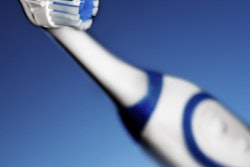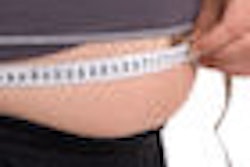German researchers have developed a process that tests the abrasive effect of toothpastes.
The abrasive effect of a particular toothpaste on tooth dentin depends on the hardness, amount, and particle size of the abrasive additives it contains, such as silica or alumina. Abrasivity is measured as the radioactive dentin abrasion (RDA) value, ranging from 30 to more than 200. This value is determined via a complex process that involves testers brushing over radioactively marked dentin samples. The abraded material is then measured via the resultant radiation intensity of the toothpaste slurry.
The new method of testing toothpaste abrasion, developed by researchers from the Fraunhofer Institute for Mechanics of Materials IWM and the Microtribology Centre µTC, uses microtribological experiments involving friction and wear tests that measure the depth of the resultant marks left on the surface of the tooth, according to a press release.
The researchers used human teeth as well as different toothpastes made by industrial partners for their experiments. These toothpastes were diluted with water and saliva to create a solution whose consistency corresponds to the mixture of toothpaste and saliva that is present when people brush their teeth.
The friction and wear tests were each carried out with a monofilament that was mounted in specialized tribological instruments (a microtribometer and a nanoindenter) and moved over the sample in both straight and circular motions -- in the latter case up to 8,000 times. Highly sensitive instruments then measure the depth of the resultant marks left on the surface of the tooth.
The process enabled the researchers to characterize the abrasion more quickly and simply and to describe how different geometries of toothbrush filaments act upon the surface of the tooth and how the bristle shape should ideally be designed.



















